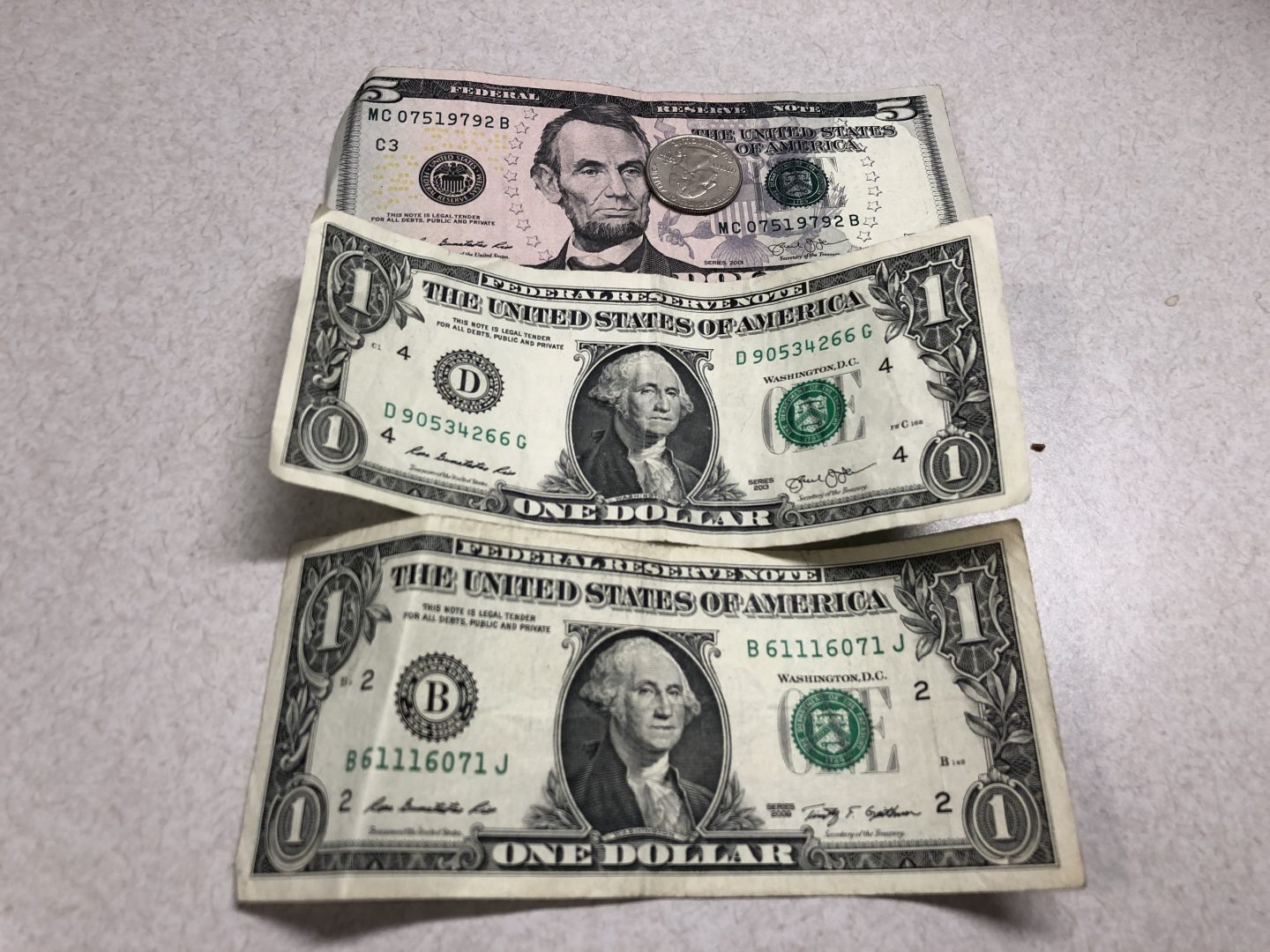
Pennsylvania's minimum wage is $7.25 per hour, the same as the federal rate.
Ed Mahon / PA Post

Pennsylvania's minimum wage is $7.25 per hour, the same as the federal rate.
Ed Mahon / PA Post

Ed Mahon / PA Post
Pennsylvania's minimum wage is $7.25 per hour, the same as the federal rate.
(Harrisburg) — Highlights of Pennsylvania Gov. Tom Wolf’s spending plan for the 2021-22 budget year that starts July 1:
Personal income taxes: Raises the state’s personal income tax rate to 4.49% from 3.07% to generate $3 billion in the first budget year and about $4 billion a year after that. Expands exemptions so that lower-wage earners — and two-thirds of all wage earners — will pay the same or lower taxes, administration officials say. Exemptions would rise to the first $15,000 of income from $6,500 per taxpayer and to $10,000 from $9,500 per dependent.
Corporate income taxes: Restructures how the state would calculate corporate profits to adopt “combined reporting” and reduces the current 9.99% tax rate on annual steps to 5.99% in 2026. The change is estimated to produce an additional $208 million in revenue in 2020-21 but a tax cut of $404 million in 2025-26.
State police fee: To help fund the state police budget, imposes a fee on each municipality that would be driven by incidents and coverage area, and weighted by population, income and whether a municipality has its own full-time or part-time police force. The administration estimates the fee would produce $168 million.
Human services: Grows $1.5 billion, or 10%, to $16.75 billion.
Pre-K and K-12 education: Grows $2 billion, or 18%, to $11.2 billion.
Higher education: Grows $4.5 million, or less than 0.3% to $1.8 billion.
Corrections and parole: Shrinks $150 million, or 5%, to $2.7 billion.
Pensions: Grows about $70 million, or 2%, to $3.7 billion.
State police: Grows $6 million, or under 0.5%, to nearly $1.4 billion.
Debt: Grows $116 million, or 10%, to $1.3 billion.

Get insights into WITF’s newsroom and an invitation to join in the pursuit of trustworthy journalism.
The days of journalism’s one-way street of simply producing stories for the public have long been over. Now, it’s time to find better ways to interact with you and ensure we meet your high standards of what a credible media organization should be.